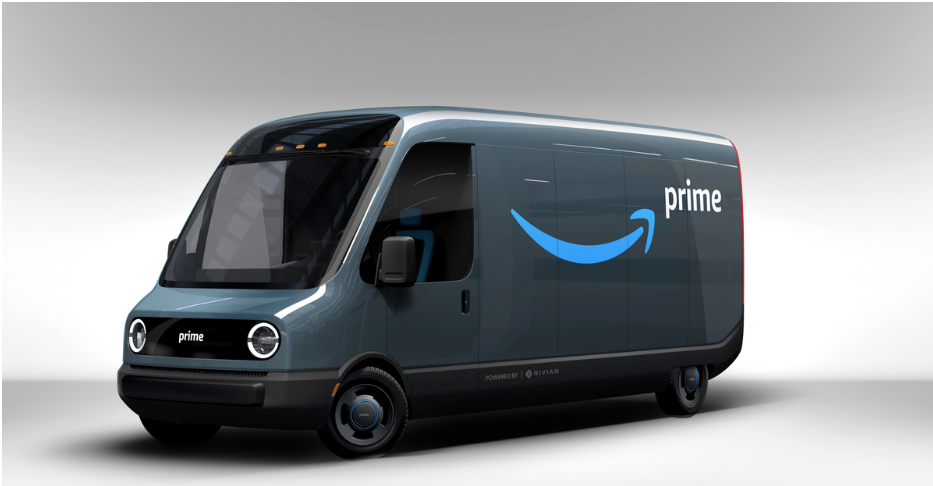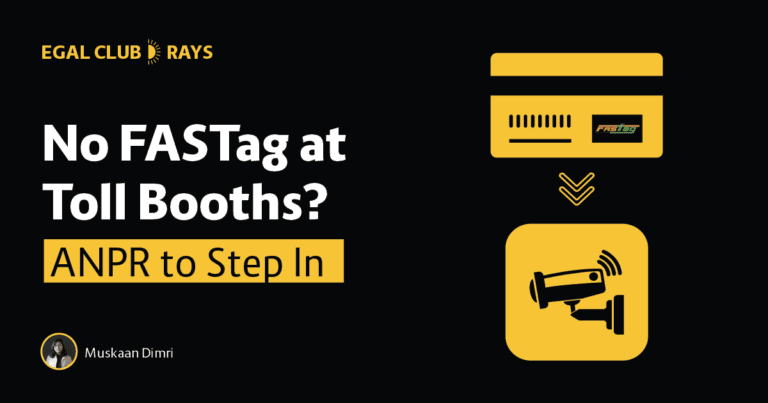”We’re trying to build the most sustainable transportation fleet in the world,” said Ross Rachey, director of Amazon’s global fleet and products”.
Amazon – a leading e-commerce platform has been a part of our lives for a very long time, its success and growth over the years is much credited to the logistics department. Amazon Logistics is a well-known delivery and shipping service that complements existing providers such as USPS, FedEx, and UPS. It is more of a ‘last mile’ shipping and delivery service which gets packages and orders delivered to the customers. What makes Amazon the top business is not just its but the logistic strategies and trucks they use for shipments, their fast deliveries and the trust they have built with their customers.

What makes Amazon the logistics beast?
In 2018, it was reported that Amazon became the second company to reach $1 trillion in value. Covid-19 might’ve disrupted supply chains around the world. However, platform players such as Amazon have demonstrated that their approach to logistics and supply chain management is not only scalable, but resilient to such disruptions.
Amazon shows that the platform doesn’t have to be resource efficient, it has to be strategic about its asset ownership. Amazon will increase ownership of assets and open doors to other parts of the value chain as such assets increase its reliance on the ecosystem. There, third parties must bring in niche functionality to come their own. Amazon’s logistics playbook includes two flywheels that reinforce each other. The asset infrastructure flywheel (increasing the asset base and delivery as a service) and the data-driven forecasting flywheel (collecting data and improving forecasting).
Amazon Warehouses
With its amazing networking Amazon continues to invest in a logistic network that is more efficient and sustainable. Inside the warehouse, Amazon has a fairly traditional organization, with upstream and downstream processes highly mechanized, but picking and order preparation are always very manual.Amazon’s great strength is using real-time information to optimize storage. This algorithm allows its users to optimize picking, by-product space consumption, or picking frequency to improve the work of the workers.
To improve performance and costs, Amazon invests heavily in warehouse automation. For example, using conveyor belts and sorting platforms, and acquiring companies like Kiva System (now Amazon Robotics) that manufacture robots. Amazon had 47,000 robots in 2017 compared to 15,000 in 2015.
Amazon Transport
Amazon uses a wide variety of vehicles for its shipments, starting from trains for farther inter-state shipments, to trucks for road freight and bikes/small trucks for closer deliveries. Its reputation among the clients is what makes it the top grossing business over the years.
The e-truck provides the much needed efficiency and faster deliveries with very less delays or other shipment delays. The introduction of two-day delivery was a turning point in establishing Amazon’s dominance in the online retail industry. As many other retailers started catching up by offering their own free 2-day shipping, Amazon decided to offer 1-hour shipping (later changed to 2-hour free shipping) on its Amazon Prime Now service, again turning the playing field upside down.) The company has always made life difficult for its main competitors with its innovative strategies.
Rivian Collaboration – A Breakthrough in Amazon Logistics
Amazon is working with electric vehicle maker Rivian to develop 10,000 electric delivery vehicles this year and deploy 100,000 electric delivery vehicles by 2030. The new van aims to reduce CO2 emissions and increase driver efficiency. Rather than reworking existing models, Rivian develops new bespoke vehicles that will meet Amazon’s specific requirements.
Planned design features include automatic emergency braking, front and all-wheel drive options, lane departure warning, pedestrian warning, traffic design awareness and automatic distraction driving warning. This partnership proved to be beneficial for both the parties as Rivian stock moved up by 18.60% in the last month and Amazon stock pulled up by 12.64%. The Climate Pledge, co-founded by Amazon(the first official signatory), a pledge to be carbon neutral in all of our operations by 2040. As part of its promise, Amazon is creating more sustainable delivery vehicles, and its collaboration with Rivian will accelerate innovation to decarbonize last-mile logistics and help others reach net-zero carbon. Amazon has been testing deliveries with Rivian prototypes since 2021 and has delivered over 430,000 packages and earned over 90,000 miles. This extensive testing allows Rivian to continuously improve vehicle performance, safety and durability in a variety of climates and geographies, along with cutting-edge features to ensure driver satisfaction and overall functionality could be continuously improved.
To conclude, not only as a retailer, but as a platform Amazon’s integration with demand-side data is a key strength in managing the use of its logistics infrastructure. The e-trucks are its biggest asset and this collaboration can prove to be the ‘future of last mile delivery’.



